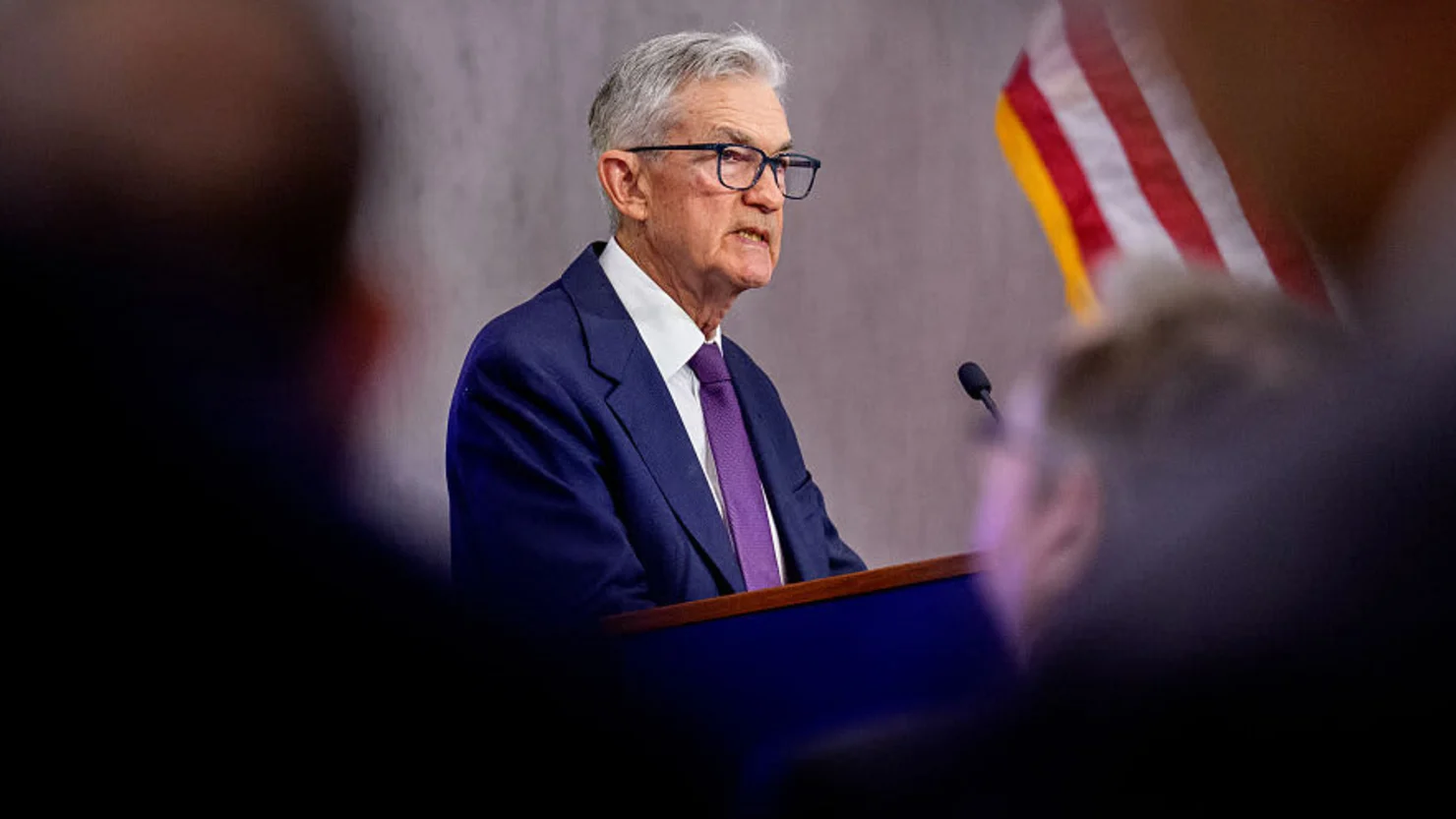President Donald Trump has once again publicly pressured Federal Reserve Chairman Jerome Powell to cut interest rates. His demand came on Wednesday, immediately after the release of a surprisingly weak private sector jobs report from payroll firm ADP.
Trump’s immediate reaction underscores his ongoing criticism of the central bank’s monetary policy, which he believes is hindering economic growth.
The Trigger: Weak ADP Jobs Data
The specific jobs report released by ADP fueled Trump’s latest critique.
Lowest ADP Reading in Years
ADP’s report indicated that private payrolls increased by a mere 37,000 in May. This figure fell significantly short of the Dow Jones forecast, which anticipated an increase of 110,000 jobs. This marked the lowest monthly reading from ADP since March 2023, signaling a notable slowdown in private sector job creation.
Trump’s Reaction on Social Media
Moments after the report’s release, Trump took to Truth Social, stating, “ADP NUMBER OUT!!! ‘Too Late’ Powell must now LOWER THE RATE.” He further expressed his frustration with Powell, remarking, “He is unbelievable!!!” This direct and forceful language reflects his consistent stance on the need for lower borrowing rates. Trump also pointed to European policy, adding, “Europe has lowered NINE TIMES!”
Broader Economic Context and Fed Independence
The ADP report serves as a precursor to a more closely watched government jobs report, and the Fed maintains its independence.
Anticipating the BLS Report
The weak ADP result arrived just two days before the Bureau of Labor Statistics (BLS) is scheduled to release its much-anticipated monthly U.S. nonfarm payrolls report. The BLS figure is generally considered more comprehensive and is watched far more closely by economists and markets than ADP’s data.
While the two reports do not always mirror each other due to differing data collection methodologies, they collectively provide a broader picture of the labor market”s health. Economists polled by Dow Jones expect the upcoming BLS report for May to show an increase of 125,000 jobs.
Recent Meeting and Policy Stance
Trump and Powell met privately at the White House last week to discuss the economy. Readouts from both sides suggest the meeting was confrontational. White House press secretary Karoline Leavitt stated that Trump told Powell he was “making a mistake by not lowering interest rates, which is putting us at an economic disadvantage to China and other countries.”
In response, the Fed reiterated that its monetary policy decisions are guided by objective economic data, not political considerations.
Trump’s Ongoing Pressure and Future Outlook
Trump has consistently voiced his disapproval of Powell’s handling of interest rates.
“Too Late” Powell and Firing Threats
Since retaking office, Trump has regularly attacked Powell, famously calling him a “major loser” and coining the derisive nickname “Too Late.” This moniker is a direct criticism of the Fed’s decision to maintain steady interest rates. Trump has repeatedly hinted at the possibility of firing the Fed chair before his term expires in May 2026.
However, Powell has consistently maintained that the President cannot legally remove him. While Trump appeared to back down from his threat in April, stating he had “no intention” of firing Powell, he continues to publicly express his frustrations.
Europe’s Contrasting Policy
As Powell continues to hold steady on rates, the European Central Bank (ECB) is widely expected to implement another rate cut on Thursday, June 5, 2025. This would mark their eighth cut since last June, highlighting a stark contrast in monetary policy compared to the U.S. The ECB’s anticipated move comes as the euro zone experiences easing inflation and relatively tepid economic growth.
This paves the way for further interest rate reductions in Europe, even as global economic uncertainty is fueled by factors like Trump’s proposed tariffs and other geopolitical tensions.








